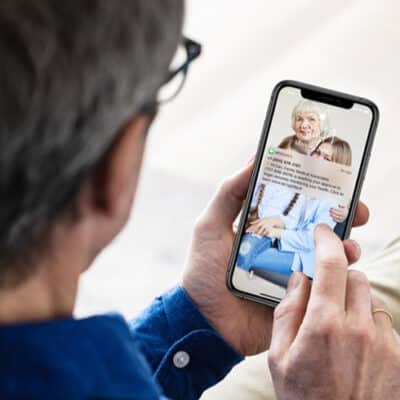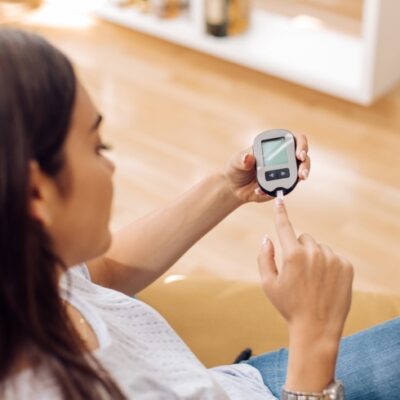Resources Library
Stay up to date on the latest from 100Plus and best practices for remote patient monitoring (RPM) and chronic care management (CCM).
Access the Latest RPM News
Stay up to date with the latest news, articles and webinars about remote patient monitoring and telehealth.
"*" indicates required fields







